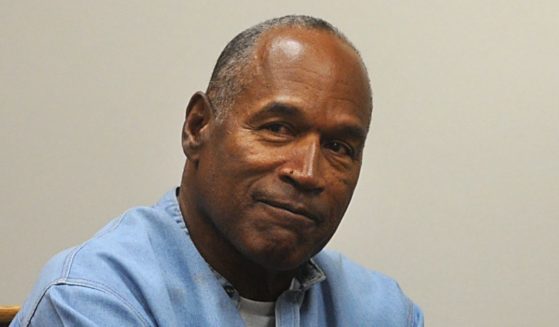Big US Cities Declining in Population Have One Major Thing in Common
The pandemic, with its lockdowns and other disruptions, prompted some people to review their lives.
Tired of the growing chaos in urban areas, many Americans pulled up stakes to move to the suburbs, exurbs or even to rural areas.
As a result, most of America’s largest cities have declining populations. Even midsize cities lost people and growth is flat in smaller cities.
Millenials, now in their mid-20s to early 40s, are looking to settle down and raise families where schools are better and housing costs are lower, according to The Wall Street Journal.
Greasing the way for the urban exodus was pandemic-induced working from home. Workers discovered the benefits of flexibility, time with family, discontinued commutes and solutions to child care.
And they’re resisting the calls – even demands – of employers to return to the office. Rather, workers are taking advantage of the labor shortage to pick and choose jobs that allow them hybrid or work-from-home arrangements.
Crime, higher taxes and other costs are driving people out of previous urban magnets like Nashville, Denver and Seattle.
Populations of Chicago and San Francisco are now at 2010 levels, the Wall Street Journal reported.
Misguided public policy decisions like keeping schools closed during the pandemic also had some influence. Kelly Zara, 45, a 15-year St. Louis resident, left town because she didn’t know if schools would re-open for fall, 2020, the Journal reported.
And St. Louis kept its parks closed, confining her two daughters to their small yard.
Fueled by the pandemic, many have had enough of urban living.
In the midst of the pandemic, eight of the 10 largest U.S. cities lost population during the year prior to July, 2021. Biggest loss was 3.5 percent or 305,000 residents for the nation’s largest city, New York City. Those 305,000 alone could make up a substantial-sized city.
Next was San Jose, California, with a 3 percent loss and Chicago – the nation’s third-largest city – at almost 2 percent.
Philadelphia also had a nearly 2 percent loss while Dallas and America’s second-largest city, Los Angeles, lost about 1 percent. Houston and San Diego also lost population.
But against the trend were two major cities that saw growth between 2020 and 2021: Phoenix and San Antonio were up by about 1 percent.
Their increases reflected growth in their surrounding states — of the seven fastest-growing cities with populations of at least 50,000, six were in Texas or Arizona.
The cities were Georgetown and Leander, Texas, each with growths of about 10 percent; Queen Creek and Buckeye, Arizona, and New Braunfels, Texas, all at over 8 percent, and Casa Grande, Arizona, about 6 percent.
Fort Meyers, Florida, also had substantial growth at about 7 percent.
The pandemic may have added a new wrinkle to urban population drops of the previous decade.
You Tube’s “World According to Briggs” cites lack of opportunity and, in most cases, crime for the 10 largest 2010 to 2020 populations drops in cities over 100,000.
Flint, Michigan, was down 20.7 percent, according to World According to Briggs.
Jackson, Mississippi, was down 11.4 percent; Shreveport, Louisiana down 5.9 to 6.9 percent and Baltimore, Maryland, down 6.7 percent.
Detroit, Michigan, was down 10.5 percent; Cleveland, Ohio, down 6.1 percent; Toledo, Ohio, down 5.7 percent; St. Louis, Missouri, down 5.5 percent; Rockford, Illinois, down 4.8 percent, and Mobile, Alabama, down 4.1 percent.
As industrial growth of the 19th and 20th century brought new populations to traditional urban centers, decentralization made possible by the internet and enhanced by the pandemic may be causing another major social shift.
The bright lights of the big city are no longer a guaranteed draw and their policymakers will have to figure out new ways to counter the effects of high taxes, crime and diminishing opportunities.
Speaking of taxes and crime and such, of the 20 cities mentioned in this article, can you guess what party the mayor of each one belongs to?
Nope. Not quite.
Fast-growing San Antonio’s mayor is listed as an independent. And sad Mobile, with all its problems, has a Republican.
Which means that of all the rest of them, Phoenix is an anomaly — because in spite of its mayor’s party, it continues to grow.
Truth and Accuracy
We are committed to truth and accuracy in all of our journalism. Read our editorial standards.












